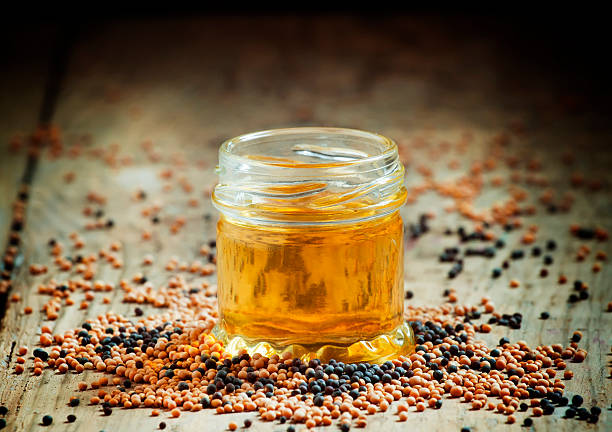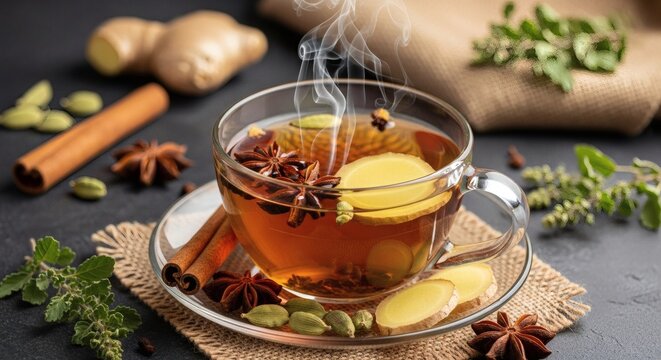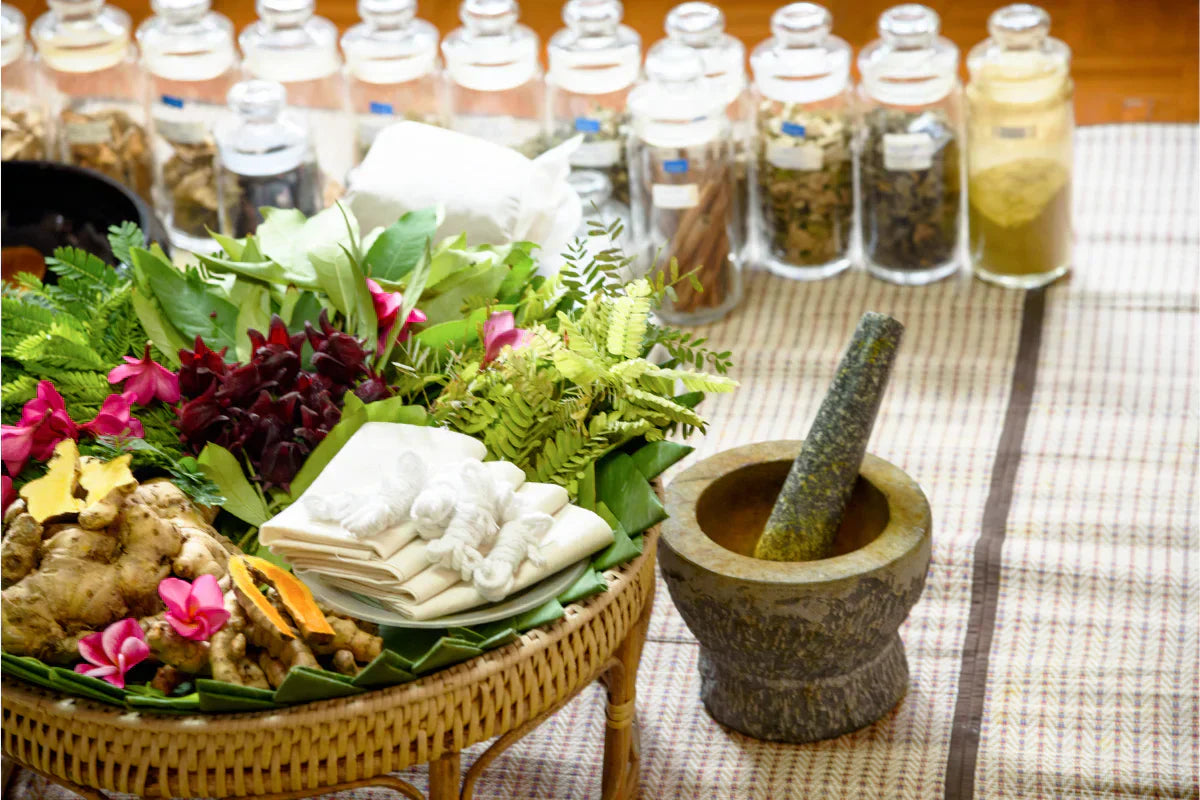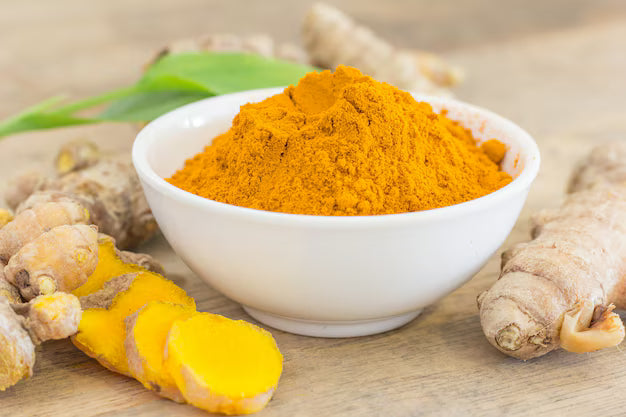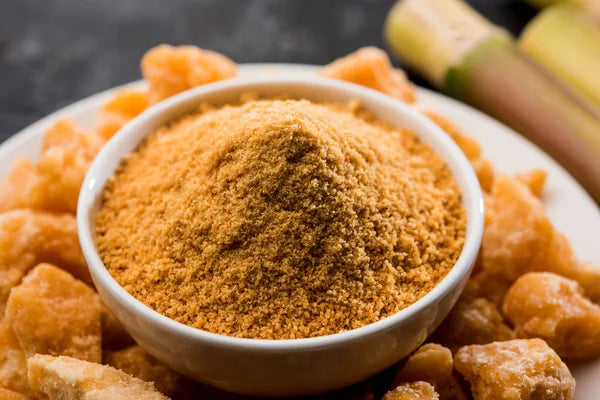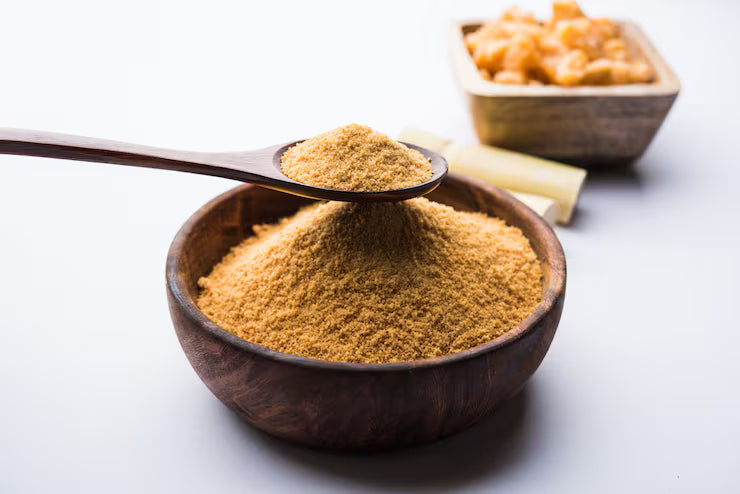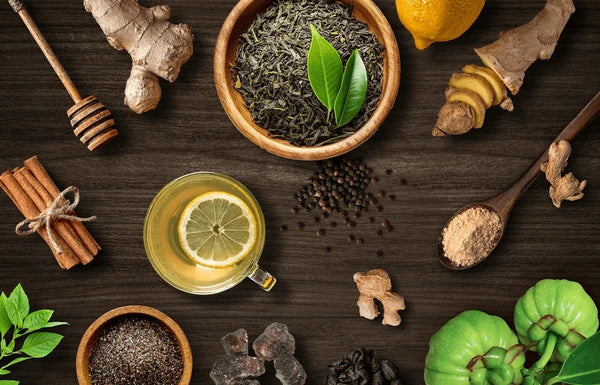Oil Pulling, Tooth Pain Remedies & Ayurvedic toothpaste

Understanding Ayurvedic Oral Care
Imagine a time when dental care was not just about brushing and rinsing but a holistic ritual steeped in tradition. In Ayurveda, the mouth is described as the gateway to digestion and overall health. Disorders in teeth or gums often indicate deeper doshic imbalances, primarily Vata, but also Pitta and Kapha in specific conditions. Pain, bleeding, or swelling in the oral cavity are not isolated issues but signs of systemic imbalance.
Daily rituals (Dinacharya) like oil pulling (Gandusha/Kavala Graha), chewing herbal twigs (Datun), and using herbal formulations are emphasized for maintaining oral hygiene.
TL;DR — Ayurvedic Tooth Paste & Oil Pulling
- Ayurvedic view: The mouth is the gateway to digestion; tooth pain often indicates Vata, Pitta, or Kapha imbalance.
- Oil Pulling: An ancient ritual (Gandusha/Kavala Graha) that detoxifies the mouth, strengthens gums & freshens breath.
- Best oils: Sesame (for sensitivity & weak gums), Coconut (for heat & bad breath), Medicated oils (for gum disease).
- Benefits: Prevents plaque, cavities, bleeding gums, and halitosis while supporting digestion & overall vitality.
- Ayurdent Classic: Fluoride-free, SLS-free, herbal toothpaste with neem, clove & liquorice — safe for sensitive teeth & daily use.


Ayurvedic Perspective on Tooth Pain (Dant Roga)
Tooth pain (Dalana) is mainly due to Vata aggravation, though Pitta and Kapha also play roles:
1.Dantamula Roga (Gum Disorders)
-
-
Adhimansak: Severe pain, drooling, gum swelling at molars (Kapha).
-
Vaidarbh: Gum rubbing, severe swelling, loose teeth (Pitta-Vata).
-
Khalivardhan: Extra tooth growth causing pain (Vata).
- Abscess in Gums: Infections (Kapha-Pitta)
-
2.Asthi Dhatu Deficiency
Since teeth are derived from bone tissue, deficiencies in calcium or Vitamin D can weaken them.
3.Other Triggers
Hormonal changes, especially during pregnancy, may worsen dental sensitivity.
What is Oil Pulling? (Gandusha/Kavala Graha in Ayurveda)
Oil pulling, also known in Ayurveda as Gandusha or Kavala Graha, is a traditional oral detoxification therapy where edible oil is swished in the mouth to draw out toxins. The meaning of oil pulling is simple: using oil as a natural mouth rinse to cleanse the oral cavity, strengthen the gums, and support overall health.
Ayurvedic Origin of Oil Pulling
References to this practice are found in the Charaka Samhita and other classical Ayurvedic texts, where it is described as part of Dinacharya (daily self-care routine). Ancient physicians prescribed Gandusha for maintaining oral hygiene, preventing tooth decay, strengthening the jaw, and even improving clarity of voice and senses. Ayurveda views the mouth as the entry point of the digestive system, and therefore, keeping it free from toxins (ama) is vital for systemic balance.
Gandusha vs. Kavala Graha
Though both terms are often used interchangeably, there is a subtle difference:
-
Gandusha: The mouth is filled with oil and held without movement until tears or slight nasal discharge occur, indicating deep cleansing.
-
Kavala Graha: A smaller quantity of oil is used, and it is gently swished around the mouth before being spat out.
Both methods are designed to pacify aggravated doshas—especially Vata and Kapha responsible for common oral issues like tooth sensitivity, bad breath, and gum swelling.
Oil Pulling Benefits in Ayurveda
Ayurveda praises oil pulling for its wide-ranging benefits: reducing plaque, soothing gum inflammation, preventing bad breath (halitosis), and enhancing oral strength. Beyond dental health, regular practice is believed to improve skin clarity, support digestion, and promote overall vitality.
In essence, oil pulling is not just an oral care trend but a time-tested Ayurvedic therapy that aligns with the body’s natural healing wisdom.
When and How to Do Oil Pulling – Step-by-Step Guide
Oil pulling is most effective when practiced daily as part of your morning routine. Ayurveda recommends performing it on an empty stomach, before brushing your teeth, so that toxins accumulated overnight can be expelled. Here’s a simple step-by-step guide:
Step 1: Measure the Oil
Take about 1 tablespoon of sesame oil or coconut oil. Both are traditionally used in Ayurveda. Sesame oil is warming and strengthens gums, while coconut oil is cooling and helps fight bad breath.
Step 2: Swish Gently
Place the oil in your mouth and swish it gently around your teeth and gums. Avoid vigorous rinsing; instead, let the oil move slowly through all corners of your mouth. Continue this for 10–15 minutes. This action draws out toxins (ama) and balances aggravated Vata and Kapha doshas.
Step 3: Spit It Out (Never Swallow)
Once the oil turns thinner and milky white, it has absorbed impurities. Spit it into a trash bin (not the sink, as oil can clog drains). Do not swallow, as the oil now contains toxins.
Step 4: Rinse with Warm Water
After spitting, rinse your mouth with warm water to remove any oily residue. This helps refresh your mouth and further clears toxins.
Step 5: Brush with Ayurvedic Toothpaste
Finally, brush your teeth with an Ayurvedic herbal toothpaste or tooth powder containing ingredients like neem, clove, or liquorice to complete the oral cleansing process.
Best Time for Oil Pulling: Early morning on an empty stomach, before eating or brushing, is ideal for maximum benefits.
Which Oil is Best for Oil Pulling?
The choice of oil makes a big difference in oil pulling. Ayurveda recommends different oils based on their qualities, dosha balance, and oral health benefits. Here are the most commonly used oils:
1. Sesame Oil
- Ayurvedic view: Considered the most traditional oil for Gandusha.
- Benefits: Pacifies Vata dosha, strengthens gums, reduces tooth sensitivity. Sesame oil is also naturally rich in calcium, making it highly nourishing for teeth and bones.
- Best for: People with weak gums, sensitivity, or Vata-related tooth pain.
2. Coconut Oil
-
Ayurvedic view: Cooling in nature, suitable for excess heat and inflammation.
- Benefits: Naturally antimicrobial and antifungal, helps fight plaque, gum infections, and bad breath (halitosis). Leaves the mouth feeling fresh and clean.
- Best for: Pitta-dominant individuals or those prone to mouth ulcers, bleeding gums, and bad breath.
3. Olive Oil
- Ayurvedic view: Not classical, but widely used in modern adaptations.
- Benefits: Rich in antioxidants and healthy fats, olive oil nourishes oral tissues and helps reduce inflammation.
- Best for: General oral care and those looking for a mild, soothing option.
4. Irimedadi Taila / Dashmool Oil
- Ayurvedic view: Classical medicated oils mentioned in Ayurvedic texts.
- Benefits: Specifically designed for gum disorders, toothache, and oral infections. Strengthens gums, heals ulcers, and supports overall dental health.
- Best for: Those with chronic gum disease, recurrent oral infections, or post-dental issues.
Oil Pulling Benefits for Teeth, Gums & Skin
Oil pulling is more than just a natural mouth rinse. In Ayurveda, it is considered a powerful daily ritual that supports not only oral hygiene but also overall well-being. Here are the key benefits:
1. Benefits for Teeth
- Naturally whitens teeth by reducing plaque and stains.
- Helps prevent cavities by controlling harmful bacteria.
- Strengthens enamel, making teeth more resistant to sensitivity and decay.
- Useful for conditions like Krimidanta (tooth decay caused by aggravated Vata).
2. Benefits for Gums
- Reduces swelling, bleeding, and sensitivity, especially in gum disorders like Adhimansak or Vaidarbh.
- Improves gum strength and tightens loose teeth.
- Acts as a natural shield against infections.
3. Freshens Breath
- Oil pulling fights bad breath (halitosis) by reducing odor-causing bacteria in the mouth.
- Leaves a clean, refreshed feeling without the need for chemical-based mouthwashes.
4. Benefits for Skin
- By removing toxins (ama) from the mouth and balancing doshas, oil pulling helps purify the body internally.
- Many practitioners notice a clearer, brighter complexion and reduced acne.
5. Systemic Benefits (Beyond the Mouth)
- Supports better digestion and nutrient absorption by keeping the oral gateway clean.
- Balances doshas (especially Vata and Kapha), preventing further oral and systemic imbalances.
- Acts as a gentle detox therapy, supporting overall vitality.
Are There Any Side Effects or Precautions of Oil Pulling?
Oil pulling is generally considered a safe and beneficial Ayurvedic practice, but like any therapy, it must be done correctly. Here are some important points to keep in mind:
Is Oil Pulling Good for Everyone?
Yes, oil pulling is good for most people when practiced in moderation. It helps detoxify the mouth, strengthens gums, and freshens breath. However, certain precautions should be followed.
Possible Side Effects of Oil Pulling
- Mild jaw stiffness if swished too vigorously or for too long.
- Nausea or stomach upset if the oil is accidentally swallowed, since it contains toxins drawn from the mouth.
- Dryness in the mouth or throat if practiced excessively.
These effects are rare and usually occur due to incorrect practice.
How Often to Do Oil Pulling
- Daily practice in the morning is ideal for most people.
- If time is limited, even 3–4 times a week can provide noticeable benefits.
- Do not overdo it—10–15 minutes is enough; longer does not mean better.
Who Should Avoid Oil Pulling
- Children below 5 years (risk of swallowing the oil).
- People with jaw pain, TMJ issues, or dental surgeries should consult a doctor or Vaidya before trying.
-
Those with allergies to certain oils should avoid those specific varieties.
Importance of Spitting Out Properly
Always spit the oil into a trash bin, not into the sink or toilet, as it can cause blockages. Most importantly, never swallow the oil, since it carries bacteria, toxins, and impurities removed from the mouth.
Brushing with Ayurvedic Herbal Toothpaste
After completing oil pulling, Ayurveda recommends following up with gentle brushing to ensure complete oral hygiene. This transition helps remove loosened impurities and gives the mouth lasting freshness.
Ayurvedic Ingredients for Oral Care
Traditional Ayurvedic formulations use powerful herbs that cleanse, protect, and strengthen teeth and gums naturally:
-
Clove – Rich in eugenol, helps relieve toothache and reduces gum swelling.
-
Neem – Antibacterial, prevents plaque build-up and cavities.
-
Peppermint – Cooling, adds freshness, and fights odor.
-
Triphala -This ancient blend of three fruits works wonders for detoxification and is believed to strengthen teeth and gums while balancing the doshas.
-
Liquorice (Mulethi) – Sweet, demulcent herb that calms inflammation.
-
Meswak-A traditional tooth-cleaning twig, is packed with natural antibacterial properties that help maintain oral hygiene.


Introducing Ayurdent Classic
For those seeking a ready-to-use Ayurvedic toothpaste, Ayurdent Classic combines these time-tested herbs into a safe, daily-use formula.
-
Fluoride-free, SLS-free, and vegan, making it gentle yet effective.
-
Contains rare herbs like Pilu, Bakul, and Liquorice, which are seldom found in modern toothpastes.
-
Helps maintain gum health, prevents sensitivity, and supports relief from toothache.
Check out the complete guide to Ayurdent Toothpaste-->
Benefits of Using Ayurvedic Toothpaste
1. Natural Ingredients
Ayurvedic toothpaste is crafted from herbs and natural substances, ensuring a gentle yet effective cleaning experience that supports oral health without harmful chemicals.
2. Balanced Doshas
By using Ayurvedic toothpaste, you may help balance your doshas, promoting harmony in your body and preventing dental issues before they arise.
3. Anti-inflammatory Properties
Ingredients like ginger and clove oil provide anti-inflammatory benefits, soothing gum irritation and reducing sensitivity.
4. Strengthens Teeth and Gums
The unique blend of herbs in Ayurvedic toothpaste supports the structural integrity of teeth and the health of gums, leading to a stronger, healthier mouth.
5. Fresh Breath
Natural flavoring agents like peppermint and neem work together to provide long-lasting freshness, combating bad breath effectively.
6. Holistic Health Benefits
Beyond just dental care, using Ayurvedic toothpaste aligns with an overall wellness approach, supporting digestive health and boosting immunity through natural ingredients.
7. Eco-Friendly
Many Ayurvedic toothpastes, including Ayurdent, are made with sustainable practices in mind, making them a better choice for the environment.
8 .Cultural Heritage
Using Ayurvedic toothpaste connects you to a rich cultural tradition, allowing you to partake in a time-honored practice that has been cherished for generations.
Conclusion: Embrace Ancient Wisdom for Modern
Smiles
By combining oil pulling, herbal remedies, and Ayurvedic oral care products, you can manage tooth pain naturally, prevent future disorders, and support overall well-being.
A healthy mouth nourishes not only your teeth and gums but also your digestion, immunity, and vitality.
Discover Ayurvedic Oral Care – Protect your gums, prevent cavities, and enjoy fresher breath with natural oil pulling and herbal toothpaste. Shop now for chemical-free oral health solutions!
FAQs
1. Can Ayurvedic toothpaste be used by everyone?
Yes, Ayurvedic toothpaste like Ayurdent is generally suitable for all ages and can be used by anyone looking for a natural oral care solution.
2. Is Ayurdent toothpaste safe for sensitive teeth?
Many users report that Ayurdent toothpaste helps soothe sensitivity due to its natural ingredients, making it a great choice for sensitive teeth.
3. How often should I use Ayurdent toothpaste?
For best results, it is recommended to use Ayurdent toothpaste twice daily as part of your oral care routine.
4. Are there any side effects?
Ayurdent toothpaste is made from natural ingredients, and side effects are rare. However, if you experience any irritation, discontinue use and consult your dentist.
5. Can I use Ayurdent toothpaste with braces?
Yes, Ayurdent toothpaste can be used with braces, as it effectively cleans around brackets and wires without causing harm.
6. What makes Ayurvedic oral care different?
Ayurvedic oral care focuses on holistic health, balancing doshas, and using natural ingredients, unlike conventional methods that often rely on synthetic chemicals.
7. How can I enhance my Ayurvedic oral care routine?
Incorporating practices like oil pulling, using herbal mouthwash, and maintaining a balanced diet can enhance your Ayurvedic oral care routine.
8. Is oil pulling good for bad breath?
Yes, oil pulling is effective for bad breath. It removes toxins, reduces bacteria, moisturizes the mouth, and strengthens gums, making it a natural Ayurvedic remedy for halitosis.
Popular Posts

Do Ayurvedic Facial Oils Clog Pores? The Truth About Non-Comedogenic Herbs
31 Dec, 2025Introduction — Oils Aren’t the Enemy, Imbalance Is Oils themselves are not the cause of acne o...
Read more
Ayurveda Isn’t ‘Slow’: It Deep-dives to Build Lasting Health
26 Dec, 2025Introduction — Ayurveda Works With Nature, Not Against It Ayurveda is often perceived as ‘slow...
Read more
Why Winter Makes Your Knees Ache: Vata-Balancing Tips & How to Use Pirant Oil
23 Dec, 2025Winter often brings an unwelcome rise in knee pain. Modern science and Ayurveda explain why joint...
Read more




 Popular Read
Popular Read




































